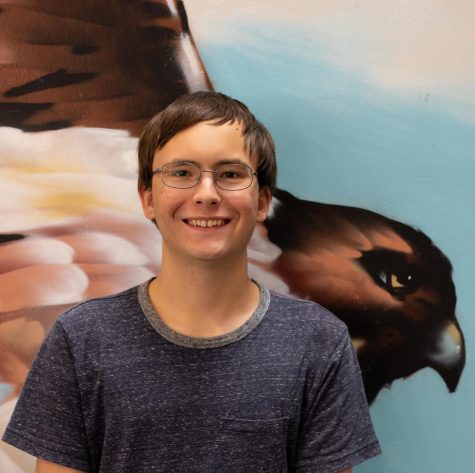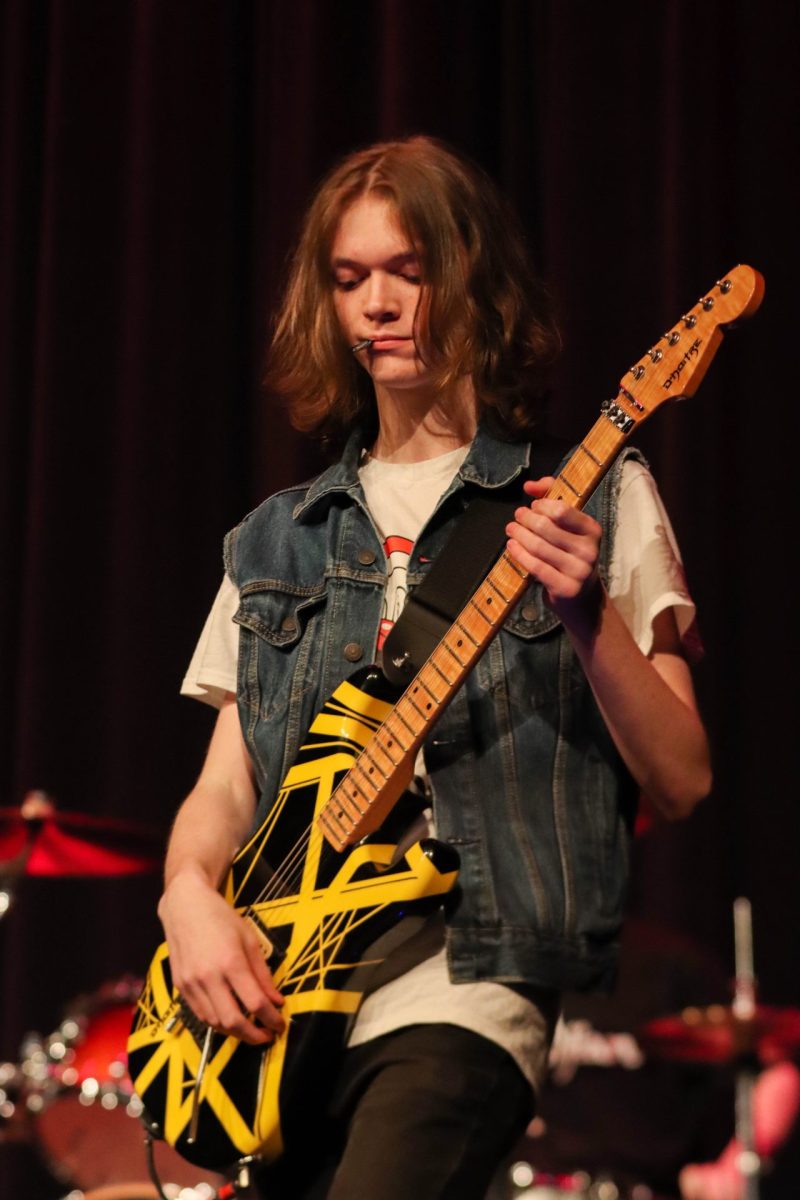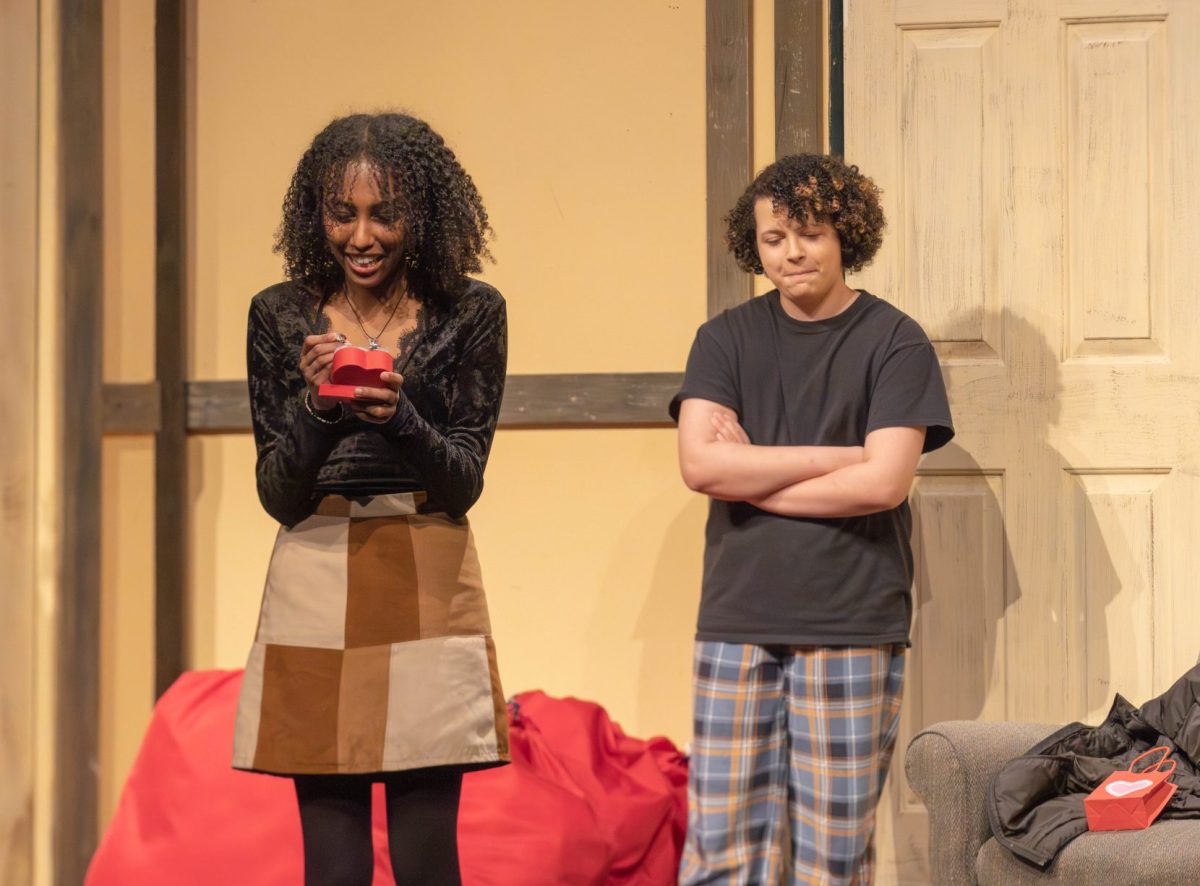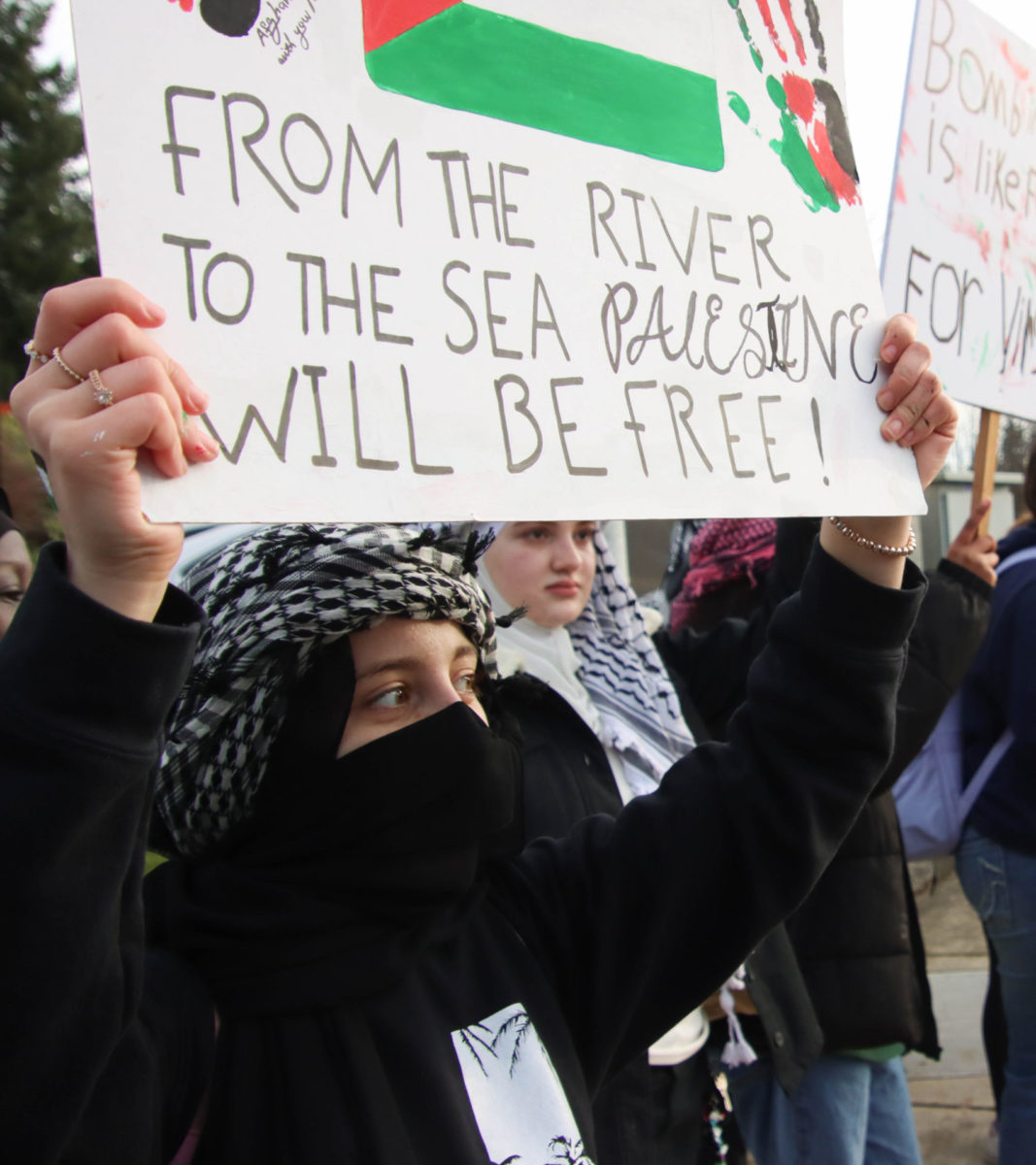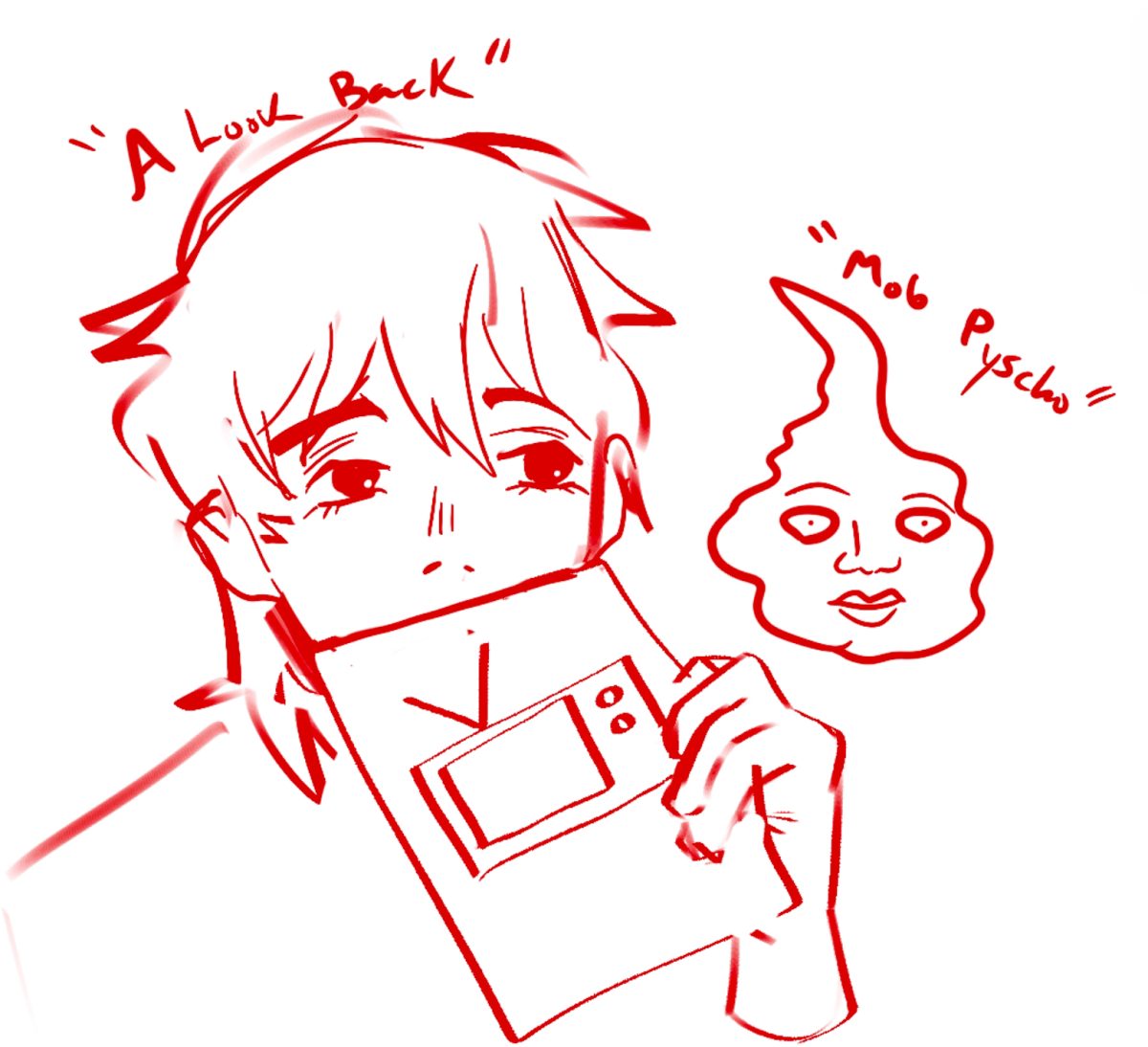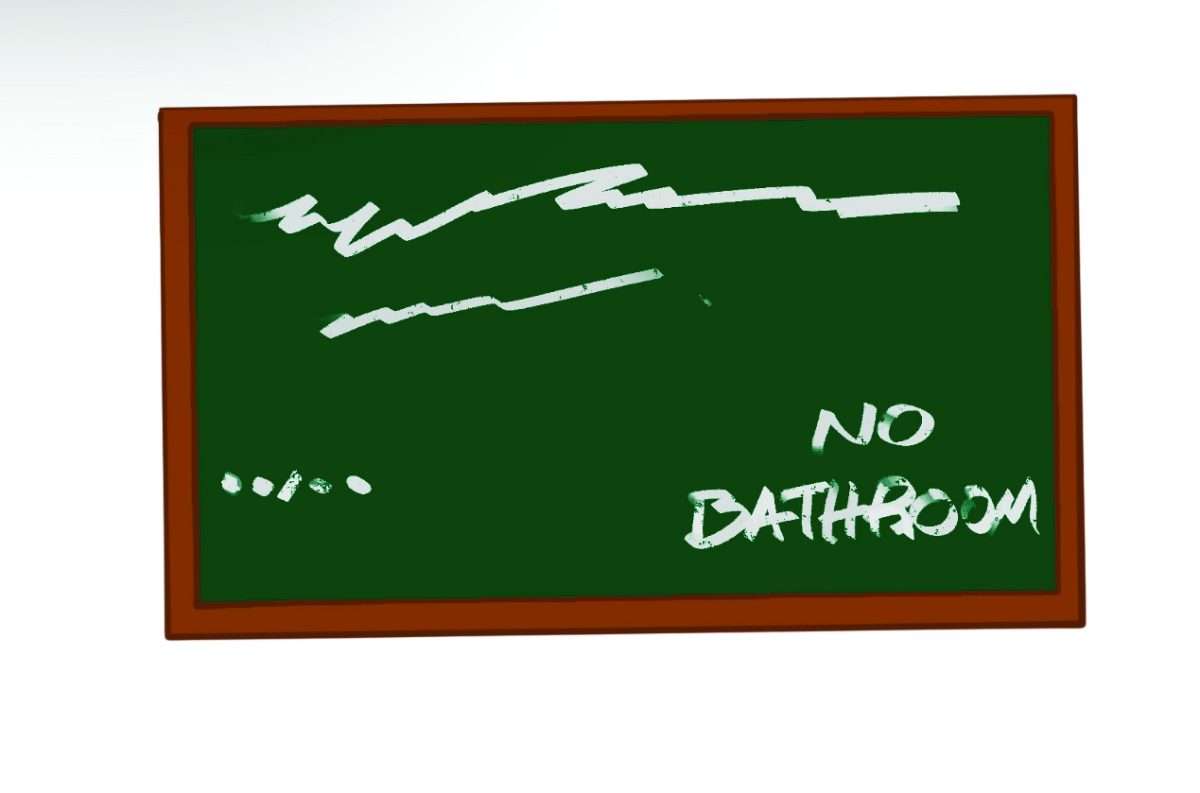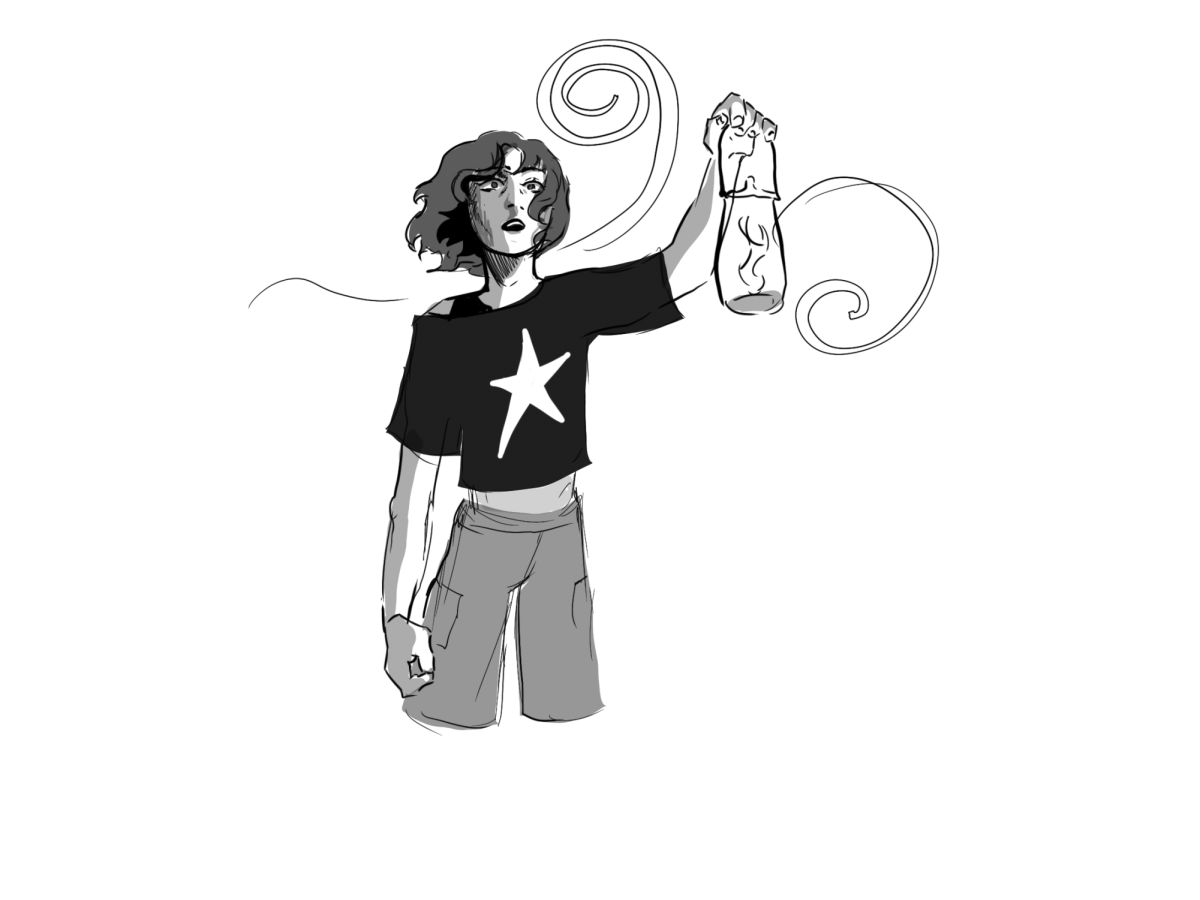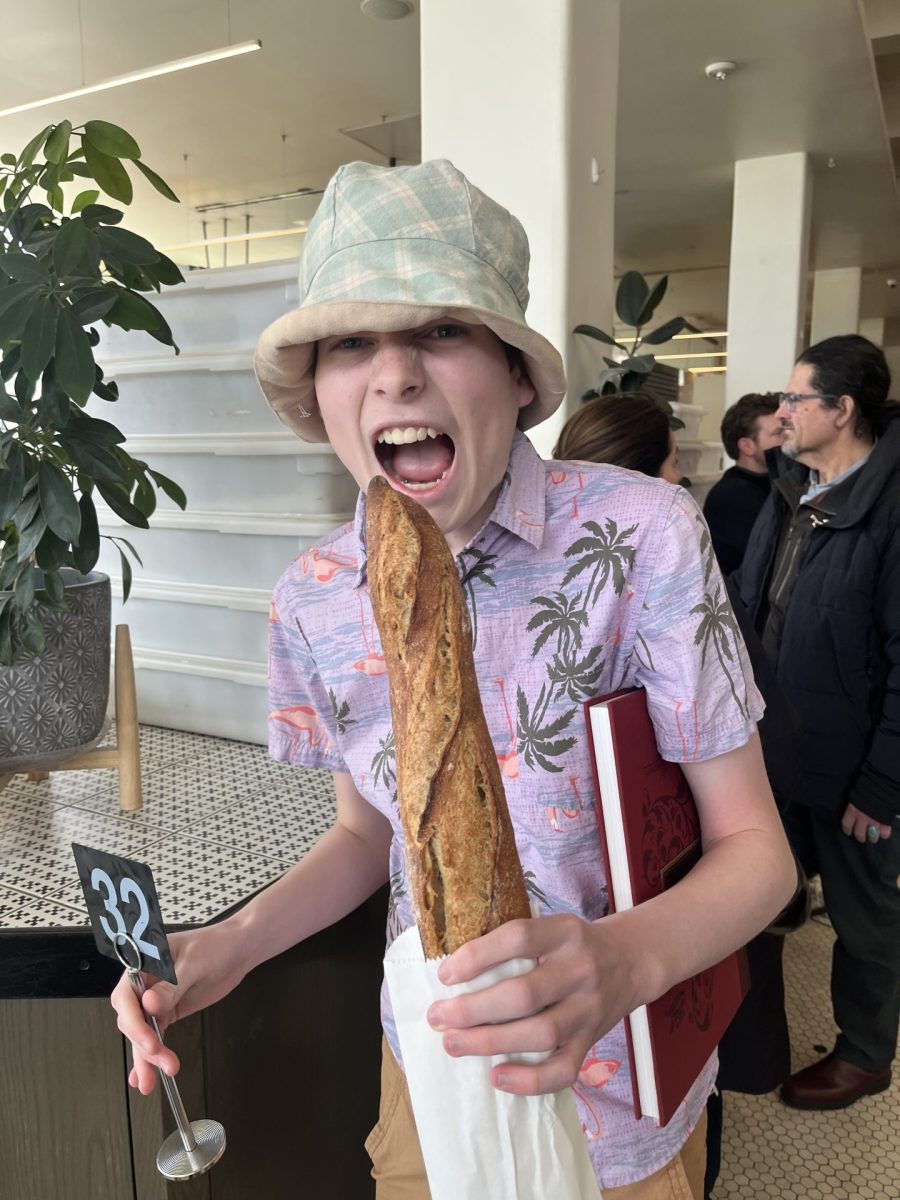At this point, it has become a cliché to say that we live in an increasingly polarized society. By now, we all know the story that always seems to be on an endless loop in the media: whether it’s differences in generations, ethnicities or political opinions, America is being irreversibly torn apart. At least, that’s what you might come to believe if you were to give into the headlines and clickbait that continually dominate our lives.
When one looks at the real world, though, filled with actual people who possess palpable emotions, it hardly appears that the fabric of society itself is being ripped apart. Looking beyond sensational headlines, one can easily find stories of neighbors helping neighbors and strangers assisting other strangers out of the goodness of their hearts. These positive bits of news can, at least for a time, restore a bit of one’s faith in the continued well-being of the human race.
For example, at the beginning of last month, Chicago became the first major city in the United States to scrap overdue library fees. Since then, book returns at libraries across the city have surged by more than 240 percent, and low-income communities are achieving access to reading and educational resources at much higher levels than before the policy was enacted.
These types of stories surround us daily at every level of our communities. When thinking about all of the times we can see fellow Hawks rally to support each other and the community as a whole, the prospect of continuing to build up a caring, sustainable society appears far less daunting.
How then can these two realities exist simultaneously? How is it that the same communities that help each other when their fellow human beings are low can also generate stories of such divisiveness, and at times even hatred?
Road rage is the most accurate analogy for the apparent polarization that our society is now experiencing on a larger scale. When one is alone in their car, surrounded only by the hunk of metal that is currently speeding them down the highway, it becomes easy to hate the other drivers with whom one must share the road.
When another one of those drivers makes even a small error, often one can be filled with a hatred that would not be generated in face-to-face interaction.
So what is the “cure” for the polarization that American culture is undergoing? Simply encouraging interactions among groups of society with varying physical characteristics and opinions appears to be the most natural solution. After all, it is hard to hate someone when you consciously recognize their status as a human being just as complicated as yourself.
It seems, however, that the situation does not seem to be so dire as to require a “cure” in the first place. Numerous metrics have shown the generation currently coming of age in America to be the most tolerant generation in our nation’s storied history.
By all accounts, young people today look at the ever-expanding diversity of the American populace not as a challenge to be overcome, but as a brilliant opportunity to build an accepting and equitable society for all.
When we focus on this aspect of the future, it seems that the American people are perhaps closer to realizing our founding principles than at any other point in the past. The assertion that “all men are created equal,” written by Thomas Jefferson nearly 250 years ago in our Declaration of Independence, is now firmly planted in the fertile soil of the new generations of Americans.
However, this optimistic vision of what the future could be should not serve to lull us into a false comfort in the absence of action. Despite the unprecedented opportunities for our generation to rise above the conflicts of old and build a world that is at its core free, equal, and just, we have also inherited perhaps some of the most daunting problems in world history.
Civil rights champion Dr. Martin Luther King Jr. once declared “injustice anywhere is a threat to justice everywhere.” No generation has taken this call more seriously than Americans born in the previous few decades.
Over the summer, I had the incredible opportunity to travel to Washington D.C. as the Washington state delegate to the Al Neuharth Free Spirit and Journalism Conference. While there, I got to witness the awe-inspiring monuments that compose much of the city’s center. Many months later, the monument that still stands out most in my mind is the one dedicated to the late Dr. King.
Dr. King stands cross-armed and surrounded by some of the most compelling quotes he uttered during his lifetime. The statue’s feet, however, have not been fully carved into the stone, representing the continued persistence on the part of citizens that is necessary to ensure his vision of an equal society is one day realized in its entirety.
So, let us go forth and build an America that we can be proud of passing down to the generations that follow.
As President John Fitzgerald Kennedy once said, “the torch has been passed to a new generation of Americans.” Let us take up that torch and bring light to the world.



